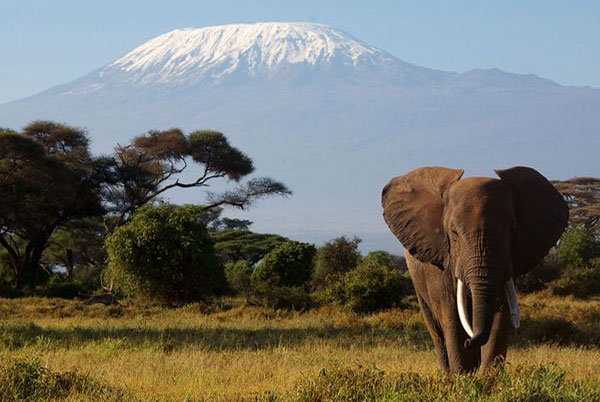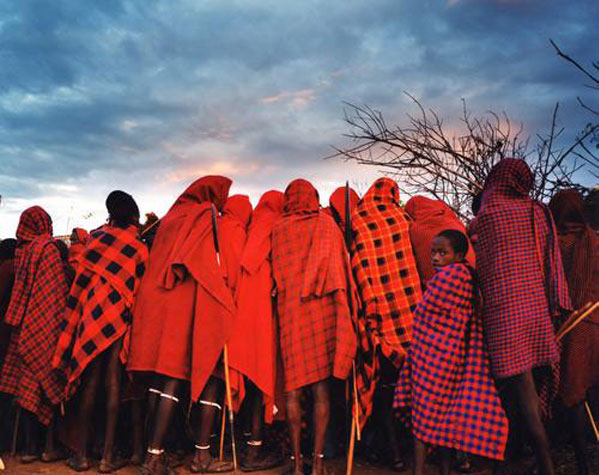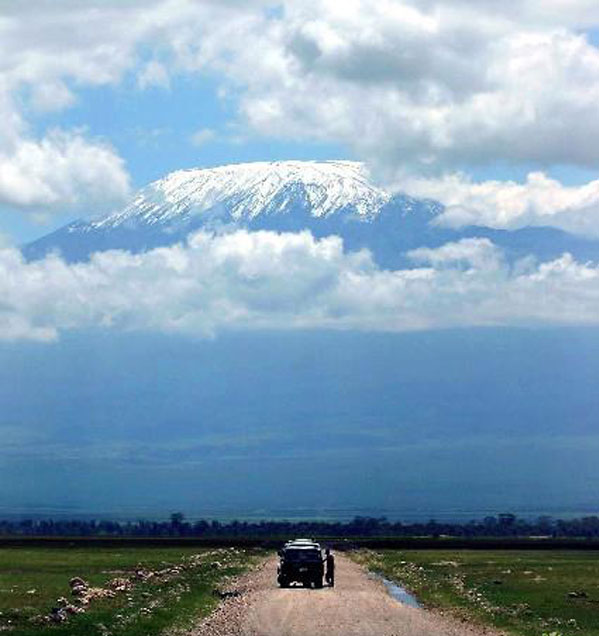Tanzania



Official Name: The United Republic of Tanzania
Population :Tanzania has a population of about 40million(2009), including 126 ethnics.
Language: English is the official language and Swahili is the national language.
Religion: Tanzania's population has been estimated to consist of roughly : Christian 65%, Muslim 32%, followers of indigenous religious groups 3%.
Currency: Tanzanian shilling(TZS)
At 947,300 km², Tanzania is the world's 31st-largest country. Located in East Africa,Tanzania consists of the mainland and about 20 islands.With a coastline that spans 1,424 kilometers (883 miles), the eastern part of Tanzania borders the Indian Ocean, while to the north lies Kenya, to the northeast Uganda, Rwanda, and Burundi, to the west Zaire, to the southwest Zambia, and, finally, to the south, Malawi and Mozambique.
Tanzania contains Africa's highest point, Mount Kilimanjaro (5,895 m/19,341 ft), and the further west is Lake Victoria on the Kenya–Uganda–Tanzania border which is the largest lake in Africa.
Capital: Dodoma
Largest City: Dar es Salaam
Dar es Salaam is Tanzania's most important city for both business and government. The city contains unusually high concentrations of trade and other services and manufacturing compared to other parts of Tanzania, which has about 80 percent of its population in rural areas. Dar es Salaam is also a important port in East Africa.
Tanzania is probably one of the oldest known inhabited areas on Earth; fossil remains of humans and pre-human hominids have been found dating back over two million years. Seventh-eighth century AD, Arabian and Persian came to here, and Germany and British invaded in Tanzania in Mid-19th century. In December 1961, Tanganyika declared independence, and Zanzibar declared independence on 10 December, 1963. In 1964, Tanganyika forms a union with Zanzibar, thereby creating the United Republic of Tanzania and embarking on a path towards the realization of socialism based on the ideology of Ujamaa. In 1995, The first multi-party elections are held, resulting in a CCM victory. Now, Tanzania keeps as a member of the Commonwealth of Nations.
The economy is mostly based on agriculture, which accounts for more than half of the GDP, provides 85 percent (approximately) of exports, and employs approximately 80 percent of the workforce. As to the industry, agro-Processing and light consumer goods accounts most of its industry. The main crops are: corn, wheat, rice, sorghum, millet, tapioca etc. And the cash crops are: coffee, cotton, sisal hemp, cashew, lilac, tea, tobacco.
Tanzania mainly exports Primary agricultural products, cotton, sisal hemp, lilac, coffee, tobacco, tea and cashew contributes 80% to its foreign exchange. Mining and industrial exports including: diamond, gold, textile, clothes, leatherware, shoes, rubber, aluminum products etc. Import products are Means of Industrial Production and industrial products, mainly including: apparatus,drink, machinery and equipment, metalware, vehicles and oil.
Tanzania has many international famous travel Scenic Spots like Mount Kilimanjaro, Zanzibar, Serengeti.
Northern tours
It is one of the most prosperous tours, tourists can enjoy the "Safari Travel" in this tours. There are many kinds of impressive ecosystems, and visitors can see the" the great migration of wildlife". Also, some Scenic Spots like Ngorongoro Crater, Olduvai Grand Canyon and the highest mountain Kilimanjaro are very famous in this line.
The southern tours
It is becoming the most mysterious destination in the African safari tours. Tourists can enjoy a untouched Africa. Main scent spots are: Selous sanctuary, Mikumi, Ruaha national parks etc.
Zanzibar
Known as "Stone Town", which is the World Heritage. The town is home to numerous historical and cultural sites, including Makusurani graveyard (where many of the islands previous Arab rulers are buried), House of Wonders (a four story building which was the first place on the islands with electrical lights), Hamamni Persian Baths (the first public baths on the island) and the Peace Memorial Museum, which serves a national historical museum detailing the island's long history.
EXPLORE
RELATED WEBSITE




 General Information
General Information